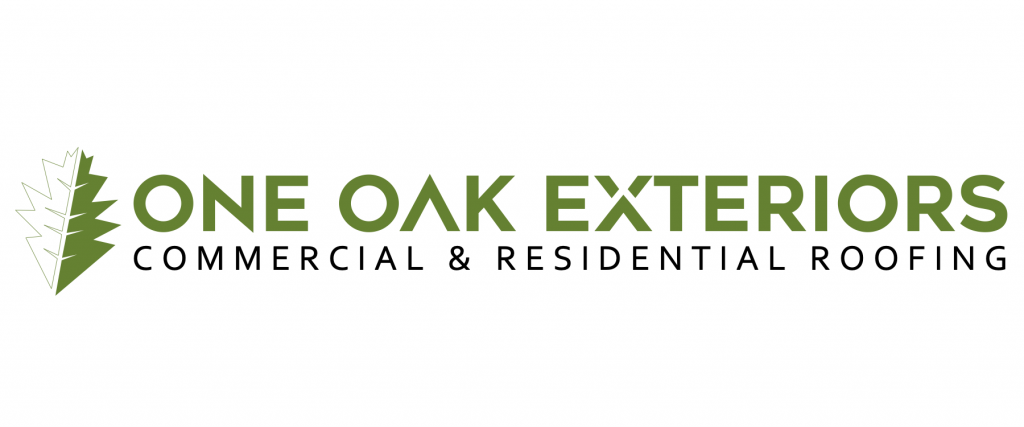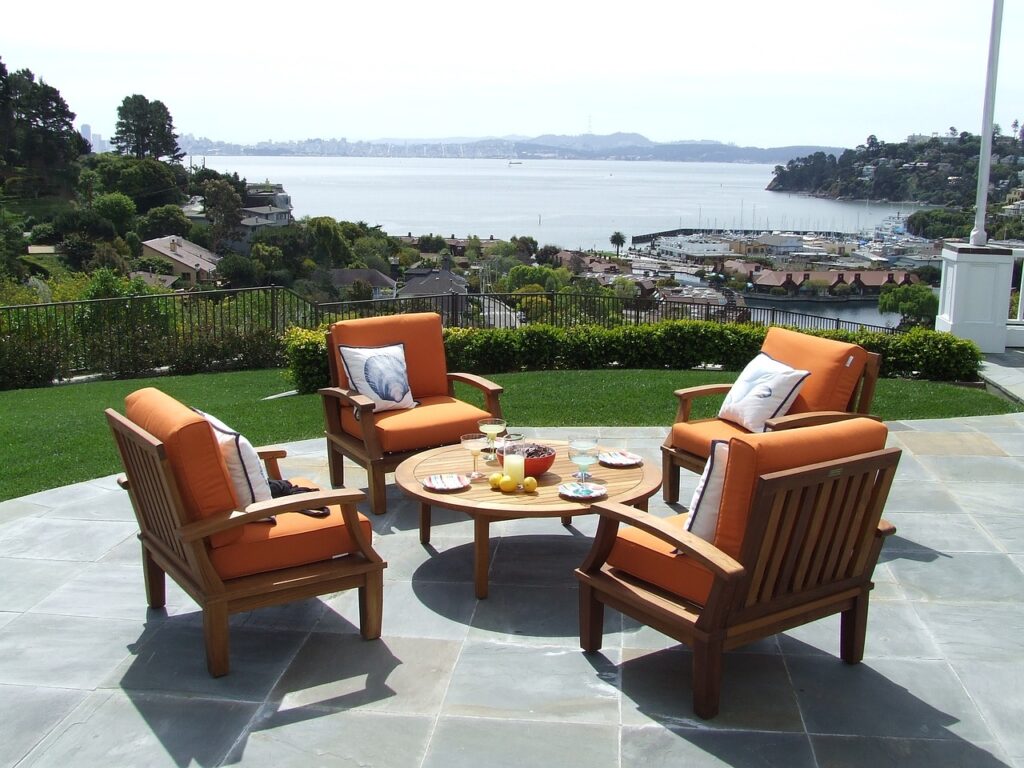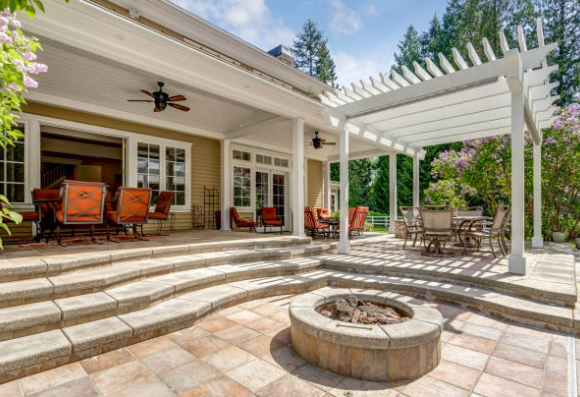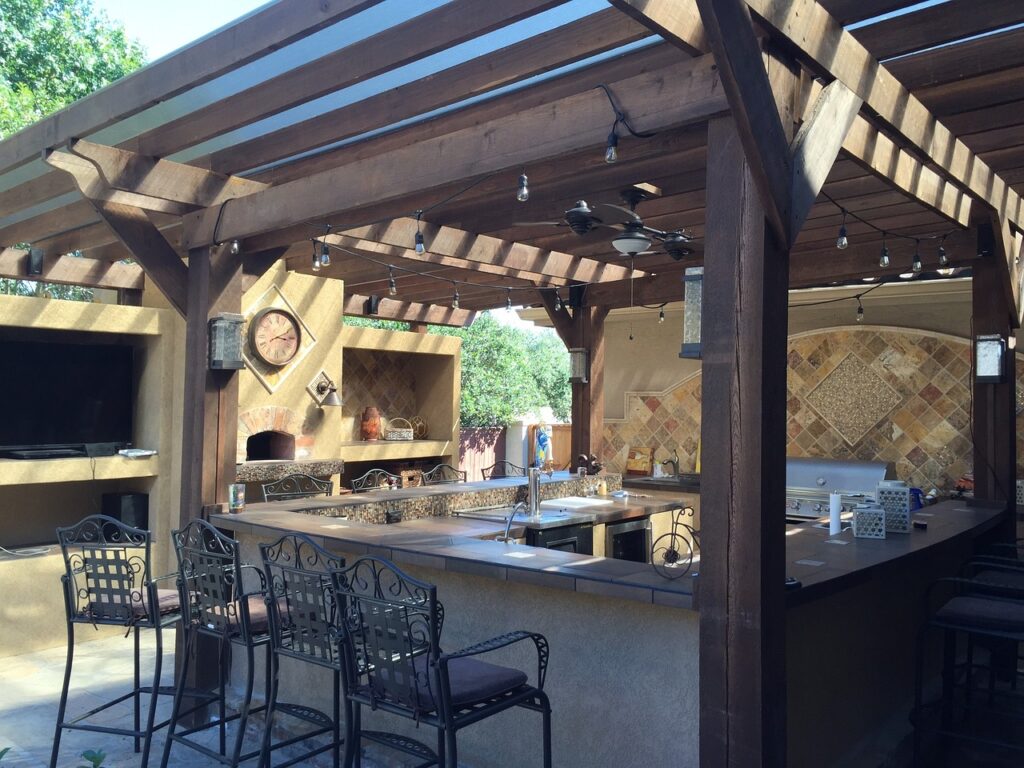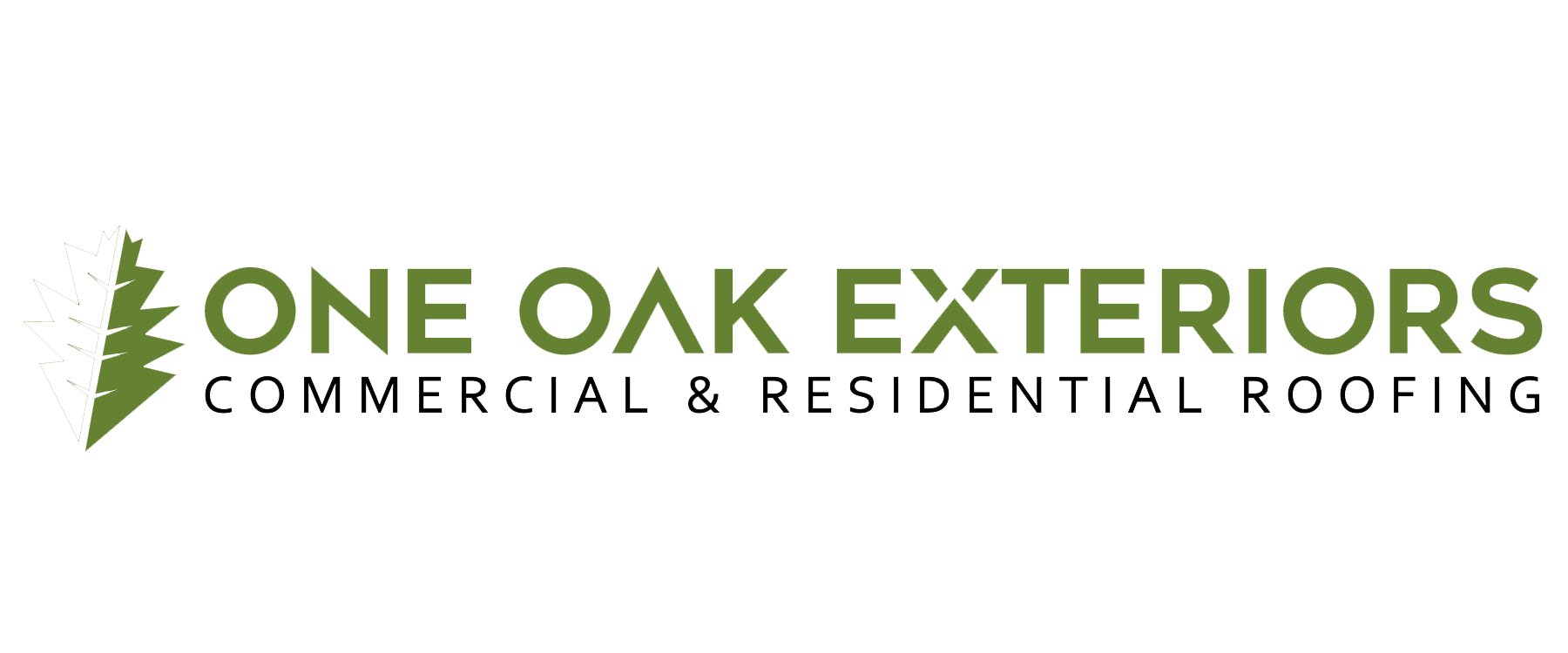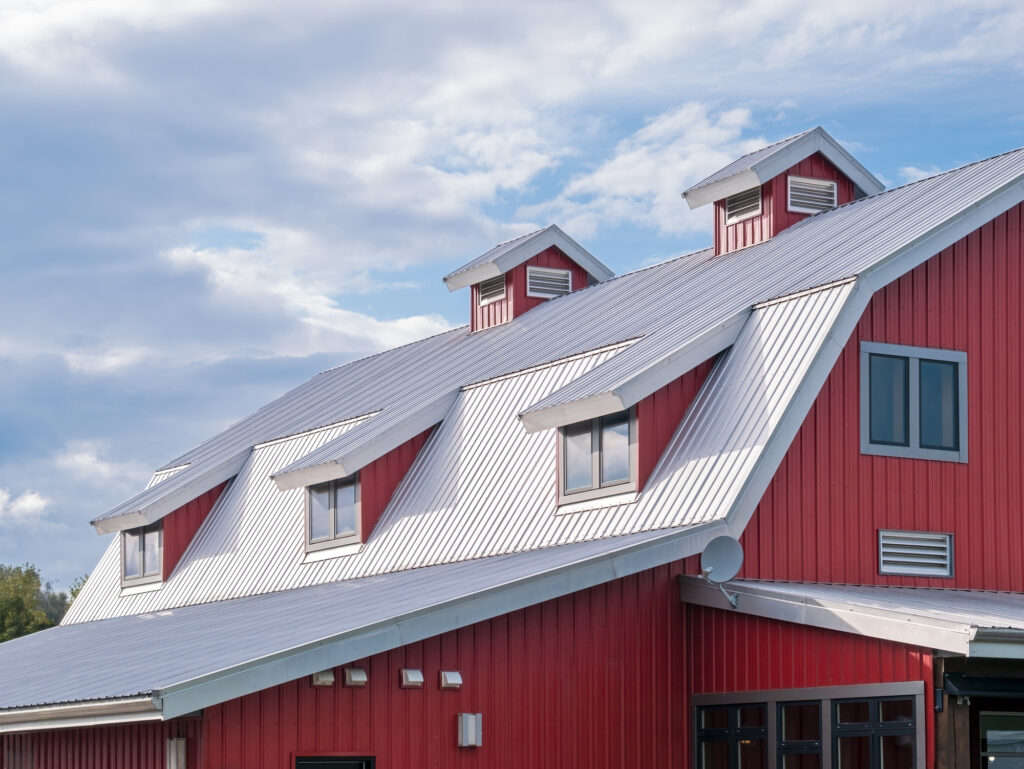
Standing seam metal roofing has become increasingly popular for residential homes due to its durability, aesthetic appeal, and energy efficiency. However, like any roofing material, it has its pros and cons. In this article, we will delve into the advantages and disadvantages of standing seam metal roofs for residential homes.
Pros of Standing Seam Metal Roofing
1. Durability:
One of the most significant advantages of standing seam metal roofs is their durability. These roofs are resistant to fire, wind, and hail damage. They do not crack, rot, or corrode, making them an excellent long-term investment. With proper maintenance, standing seam metal roofs can last 40-70 years, much longer than traditional asphalt shingle roofs, that typically last about 20 years.
2. Aesthetic Appeal:
Standing seam metal roofs have a sleek, modern look that enhances the curb appeal of any home. They come in a variety of colors and finishes, allowing homeowners to customize their roofs to match their home’s exterior design. The raised seams also add architectural interest, giving the roof a clean, linear appearance.
3. Energy Efficiency:
Metal roofs reflects solar radiant heat, which reduces cooling costs by 10-25%. This makes them an excellent choice for homeowners looking to improve their home’s energy efficiency. Some metal roofs are also coated with special reflective pigments that further enhance their energy-saving properties.
4. Environment Friendly:
Metal roofs are made from recycled materials and are 100% recyclable at the end of their life. This makes them a more sustainable choice compared to the other roofing materials that end up in landfills. Additionally, their long lifespan means less waste over time.
5. Low Maintenance:
Standing seam metal roofs require minimal maintenance. Unlike asphalt shingles, they do not need regular cleaning or replacement. They are also resistant to mold, mildew, and pests.
Cons of Standing Seam Metal Roofing
1. High Initial Cost:
One of the main drawbacks of standing seam metal roofs is their high initial cost. They are more expensive than most other roofing materials due to the cost of the material itself and the specialized installation process. However, their durability and low maintenance requirements can offset this cost over time.
2. Noise:
During heavy rain or hailstorms, metal roofs can be noisier than other types of roofs. However, this can be mitigated with proper insulation, but it’s something homeowners should consider.
3. Expansion and Contraction:
Metal expands and contracts to react with temperature changes. Over time, this can lead to loosening of the fasteners and potential leaks. However, modern standing seam systems are designed to accommodate these movements, reducing the risk of damage.
4. Installation Complexity:
Installing a standing seam metal roof requires specialized skills and tools. Not all roofers are experienced with this type of installation, so it may be harder to find a qualified contractor. Improper installation leads to problems down the line, so it’s crucial to hire a reputable roofing contractor.
5. Difficult Repairs:
While metal roofs are durable, it is still susceptible to damage by severe weather or falling debris. Repairing a metal roof can be more difficult and costly than repairing other types of roofs. It often involves replacing entire panels rather than just fixing the damaged area.
In conclusion, standing seam metal roofs offer many benefits for residential homes, including durability, aesthetic appeal, energy efficiency, and environmental friendliness. However, they also have some drawbacks, such as high initial cost, potential noise, expansion and contraction issues, installation complexity, and difficult repairs. Homeowners considering a standing seam metal roof should weigh these pros and cons wisely to make an informed decision. Despite the cons, many homeowners find that the long-term benefits of standing seam metal roofs outweigh the initial costs and potential challenges.
